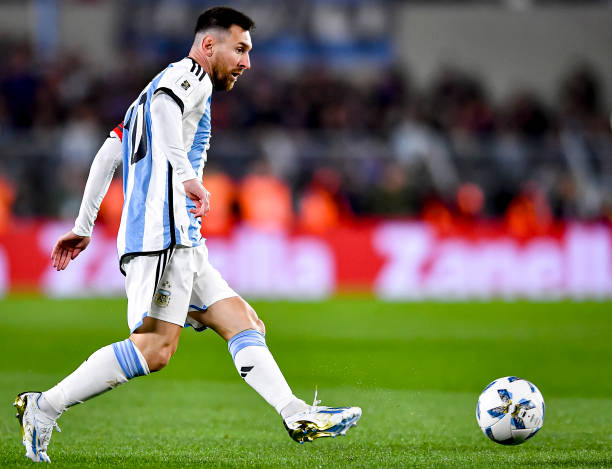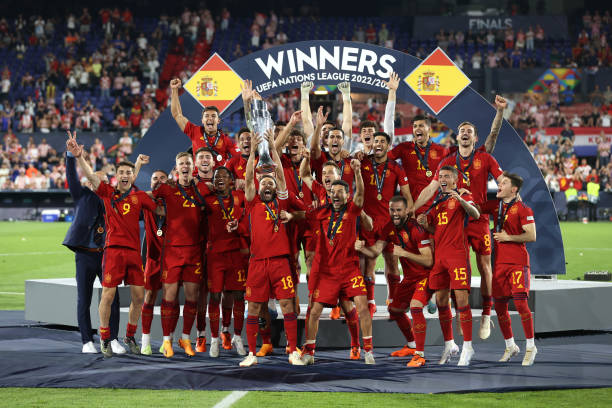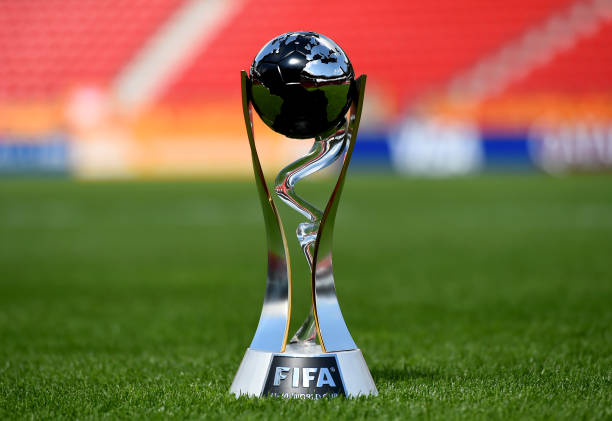The death of Pelé last week at the age of 83 drew tributes from all across the world to the man widely regarded as one of the best footballers of all time. He had colon cancer and had been ill for some time.
His home country, Brazil, declared three days of national mourning, with his body lying in state at the club for whom he played almost his entire domestic career, Santos. That will be followed by a state funeral.
Mourning, though, is taking place across the world. There was a minute’s applause of appreciation at all English games played on Boxing Day, whilst FIFA president Gianni Infantino, has asked at least one stadium in every country to have Pelé included in its name.
Childhood
Born Edson Arantes do Nascimento (Pelé was a nickname) to a poor family in Central Brazil, he began playing as a boy for a local club Baura FC, where he was spotted by former Santos player Aldemar de Brito.
Soon every club in Brazil wanted to sign the player who was already breaking goal-scoring records, but he followed his mentor’s advice and joined Santos. He was to remain there throughout his senior playing career.
He made his debut in a match against Corinthians, aged just 15, and marked the occasion with a goal, the first of literally hundreds for club and country.
International recognition
So strong was the initial impact that he made at club level that he was soon picked for Brazil, making his debut in a match against Argentina and scoring. He was just 16 years and 9 months old.
The following year, he was in the Brazil squad that travelled to Sweden for the 1958 World Cup.
He scored the only goal in the quarter-finals that beat Wales, and then notched a hat-trick in the semi-finals against France, before netting a brace in the final as Brazil lifted the trophy for the first time in their history.
1962 and 1966 World Cups
He was part of the sides that also played at the 1962 World Cup in Chile and the following tournament in England. Although he picked up another winner’s medal in Chile he did not play in the latter stages because he was injured, and he was kicked out of the tournament in 1966 by a particularly robust Portuguese team.
1970 World Cup
Arguably Pelé cemented his legacy at the 1970 World Cup which was staged in Mexico, and, for many, it was the first tournament of the colour television age. Brazil with their yellow shirts and green shorts were easily identifiable, as were there multi-coloured supporters, whilst they also boasted one of the best teams ever to feature in the competition, with dazzling talents like Rivelino, Jairzinho and Tostāo.
The spiritual leader of the side was Pelé, though, who nearly did not feature at all, he had retired several months before from international football, and had to be coaxed back to the national side.
He scored the first goal in the final against Italy, but it is some of the tricks he showed on the way to the final that really caught the public imagination – an attempt to score from the half way line against the Czech Republic, and an audacious dummy on the Uruguay goalkeeper in their semi-final.
He is also remembered for an act of great sportsmanship, swapping shirts with England captain Bobby Moore after their group game.
He is the only man to have won the World Cup three times, and held the Brazilian goal scoring record of 77 goals, until Neymar recently broke it at the Qatar World Cup.
Santos
With Santos he won the Copa Libertadores in 1962 and 1963 (South America’s equivalent of the Champions league) and arguably they would have won it more often, had the club not declined to enter it after that. Instead they embarked on a lucrative extended world tour of friendly and exhibition matches, with Pelé as the c entre-piece and main draw. Whenever he was in time, crowds would fill stadiums.
North America
In an attempt to popularise football in the USA in the mid-1970s, the North American Soccer League was formed, and they scouted former ex-players to give the incipient league some stardust. Pelé was enticed to join the New York Cosmos and soon became the most recognisable figure in the league, helping them win the title in their third and final season with them.
A whole generation of football fans in the USA began watching the game because of him.
After Football
Pelé’s association with football did not end with his retirement. For years he acted as a global ambassador for the game, somebody who was instantly recognisable wherever he went. And, when Brazil was chosen to host the World Cup in 2014, it was inevitable that he would be given an ambassadorial role for the tournament as well.
And he also played himself in a Hollywood Film starring Sylvester Stallone, about a group of Allied prisoners in the Second World War who agree to play a match against their German captors only to use it as a means of escape.
Other roles include a brief spell as a Brazilian government minister, and along association with the children’s charity UNICEF.
The goals
According to the Guinness Book of Record, Pelé scored more goals in professional football than anybody else, although how many is open to doubt. He claimed to have scored 1,283 goals in his career, whilst Guinness have the figure slightly lower at 1,274.
FIFA’s official statistics are much lower still, the anomaly being explained by the fact that many of his goals came in friendlies and exhibition games that are not always counted in official statistics.
Why is he so revered?
Pelé will be remembered for his verve, panache, winning style, and personality. He was also one of the first black sporting icons, taking his place alongside Mohammed Ali.
In the end, he transcended the sport, and he will be forever remembered as somebody who helped give the “Beautiful Game” its epithet.

Must See
-
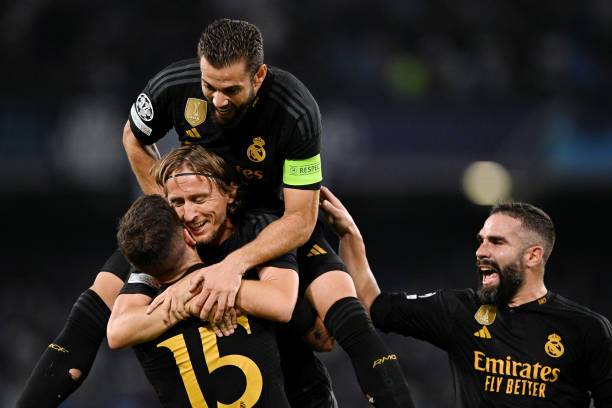

Champions League
/ 8 months agoChampions League – Matchday 2
Almost in the blink of an eye we reached the second day of the...
-
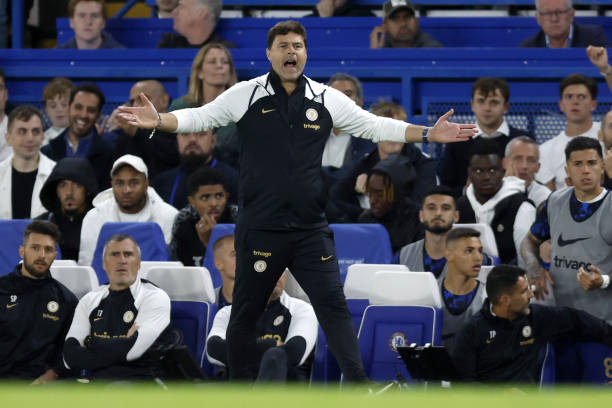

Premier League
/ 8 months agoThe bad start for Poch’s Chelsea
Since Todd Boehly’s arrival as club owner in the summer of 2022, Chelsea have...
-


Premier League
/ 8 months agoJadon Sancho’s feud with Erik Ten Hag continues
Manchester United winger Jadon Sancho’s time at Old Trafford has been torrid, to say...
